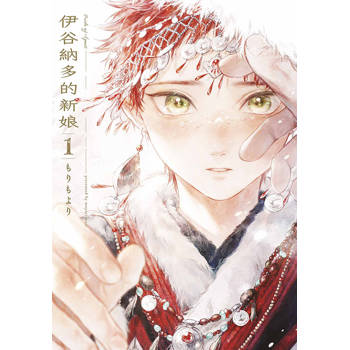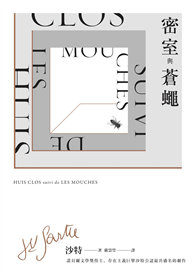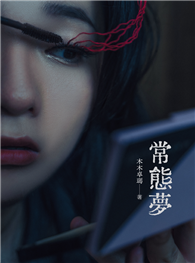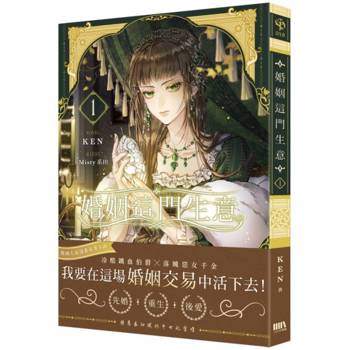INTRODUCTION Traditionally, an Indian woman had four fold status-role sequences. These were her role as a daughter, wife, housewife (homemaker), and mother. The woman, whose status and role traditionally was well defined and almost fixed in the society, is now experiencing far-reaching changes. The woman in modern time is entering into certain new fields that were unknown to the woman’s sphere of role-sets. They are actively participating in social, economic, and political activities. The women of the present generation have generally received higher education than the women of their preceding generation. There have been far reaching consequences of the economic status of their families. In modern India educated women are just on the threshold of transition from tradition to modernity. The women themselves desire that their status and position in society should rise higher. Though a proper climate for such a change is still wanting, yet there have been many structural and statutory innovations for the improvement of their position. The traditional status and role sets of women are breaking up and new role-sets based on achievement, independence and equality are coming up. As contemporary Indian society is at the transitional stage, the working women phenomena is yet to be fully integrated in the larger patterns of culture. It requires ample modifications and readjustment in various aspects of the culture. Due to the rapid changes traditional roles for men and women have become dysfunctional to some extent. There is fluidity of sex role definitions causing lots of problems. Before delving into the analysis of working women of different strata, it is of,
| FindBook |
有 1 項符合
The role of tension induced conflict among working women of different job levels的圖書 |
 |
The role of tension induced conflict among working women of different job levels 作者:Kumar 出版社:Mab-India 出版日期:2022-07-06 語言:英文 規格:平裝 / 226頁 / 22.86 x 15.24 x 1.22 cm / 普通級/ 初版 |
| 圖書館借閱 |
| 國家圖書館 | 全國圖書書目資訊網 | 國立公共資訊圖書館 | 電子書服務平台 | MetaCat 跨館整合查詢 |
| 臺北市立圖書館 | 新北市立圖書館 | 基隆市公共圖書館 | 桃園市立圖書館 | 新竹縣公共圖書館 |
| 苗栗縣立圖書館 | 臺中市立圖書館 | 彰化縣公共圖書館 | 南投縣文化局 | 雲林縣公共圖書館 |
| 嘉義縣圖書館 | 臺南市立圖書館 | 高雄市立圖書館 | 屏東縣公共圖書館 | 宜蘭縣公共圖書館 |
| 花蓮縣文化局 | 臺東縣文化處 |
|
|
圖書介紹 - 資料來源:博客來 評分:
圖書名稱:The role of tension induced conflict among working women of different job levels
’The Angel of Kings Cross’: The Life and Times of Dr Fanny Reading
Off with Her Head: Three Thousand Years of Demonizing Women in Power
Sex and Society
Sex-education - A series of lectures concerning knowledge of sex in its relation to human life
What’s Wrong With The World: One of the Twentieth Century’s most Memorable and Prolific Writers takes on Education, Big Business, and Feminism
Woman in the Nineteenth Century: Kindred Papers Relating to the Sphere, Condition and Duties, of Woman
The fraud of feminism
The Anatomy of Anger: A Girl’’s Guide to Living Her Best Life in Christ
Loves Gentle Fury
The Girl With The Venomous Vagina The Light Novel [Uncut] [Special Edition]
Off with Her Head: Three Thousand Years of Demonizing Women in Power
Sex and Society
Sex-education - A series of lectures concerning knowledge of sex in its relation to human life
What’s Wrong With The World: One of the Twentieth Century’s most Memorable and Prolific Writers takes on Education, Big Business, and Feminism
Woman in the Nineteenth Century: Kindred Papers Relating to the Sphere, Condition and Duties, of Woman
The fraud of feminism
The Anatomy of Anger: A Girl’’s Guide to Living Her Best Life in Christ
Loves Gentle Fury
The Girl With The Venomous Vagina The Light Novel [Uncut] [Special Edition]
|

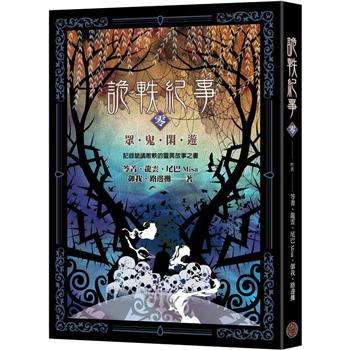

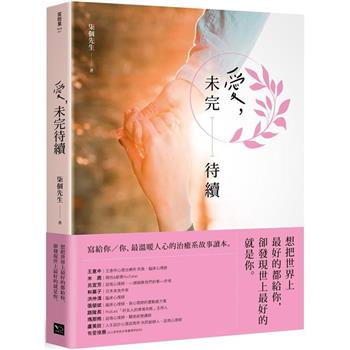

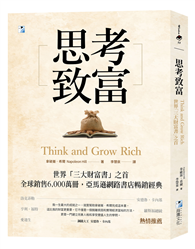
![塔木德:猶太人的致富聖經[修訂版]:1000多年來帶領猶太人快速累積財富的神祕經典 塔木德:猶太人的致富聖經[修訂版]:1000多年來帶領猶太人快速累積財富的神祕經典](https://media.taaze.tw/showLargeImage.html?sc=11100697818)
